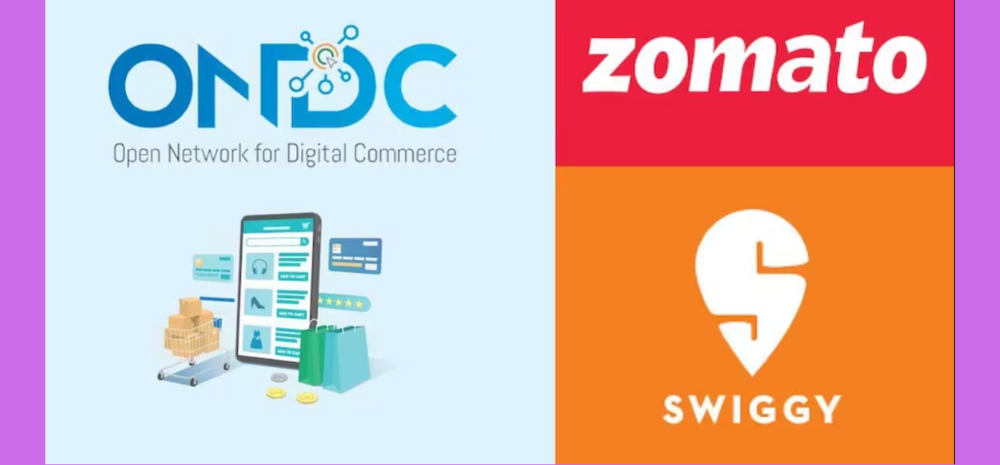ONDC’s highly publicized discounts, which were more substantial than those offered by Swiggy and Zomato, are proving to be short-lived, as expected with any discount program.

ONDC Revises Discount Schemes in light of Sustainable Growth
ONDC, the government-backed Open Network for Digital Commerce, announced a revised incentive program, ending the first phase of its discount schemes on May 31. The decision to transition to a more measured approach beginning June 1 comes as ONDC aims to maintain sustainable growth after reaching a peak of 25,000 orders on May 11, still only a fraction of the daily orders on other e-commerce platforms.
ONDC’s Chief Business Officer, Shireesh Joshi, confirmed the plan for the second phase of the incentive program, emphasizing that the primary purpose was to demonstrate the viability of unbundled commerce, not just offering low prices. ONDC wants to maintain some level of stimulus without making incentives the sole reason for conducting business. The moderation of ONDC’s incentives program aligns with Commerce and Industry Minister Piyush Goyal’s statement that the government does not support incentivizing orders on the network to compete with other consumer internet apps.
New Incentive Program 2.0
Under the new Incentive Program 2.0, effective June 1, ONDC will offer two types of incentives: one for seller network participants to onboard quality sellers and another to boost transactions through buyer network participants. However, the latter will significantly reduce discounts for buyers on ONDC platforms. Buyer-side apps like Paytm and Phonepe-backed Pincode will have the ability to adjust incentives based on various factors such as time of day and day of the week.
Furthermore, ONDC has implemented minimum order value caps of Rs 200 for food and beverages and Rs 300 for all other categories, including shipping charges, which were absent in the previous incentive structure.
Another significant change is the introduction of a maximum incentive cap of Rs 100 per order, contrasting the earlier structure that allowed potential discounts of up to Rs 125 per order. Additionally, buyers will only be eligible for incentives on a maximum of five orders per month, in contrast to the previous program that allowed discounts on three orders per day.
These adjustments to ONDC’s incentives program are expected to result in a natural decrease in orders, particularly from bargain-hunters. Despite the reduction in incentives, network participants YourStory spoke with expressed their confidence, noting other cost benefits such as savings on delivery costs, platform commissions, and overall discounts.
Restaurants, in particular, see an opportunity to pass on these savings to customers and strategically offer discounts during slower months instead of consistently providing discounts throughout the year on food-aggregation platforms.
Other network participants acknowledge the need for incentives to shape consumer behavior but believe that as more alternatives emerge, costs will decrease, and the network will scale accordingly.
Overall, ONDC’s decision to revise its incentives program aims to strike a balance between sustainable growth and customer engagement, moving away from heavy reliance on discounts and shifting toward a more measured approach to drive business on its platforms.













